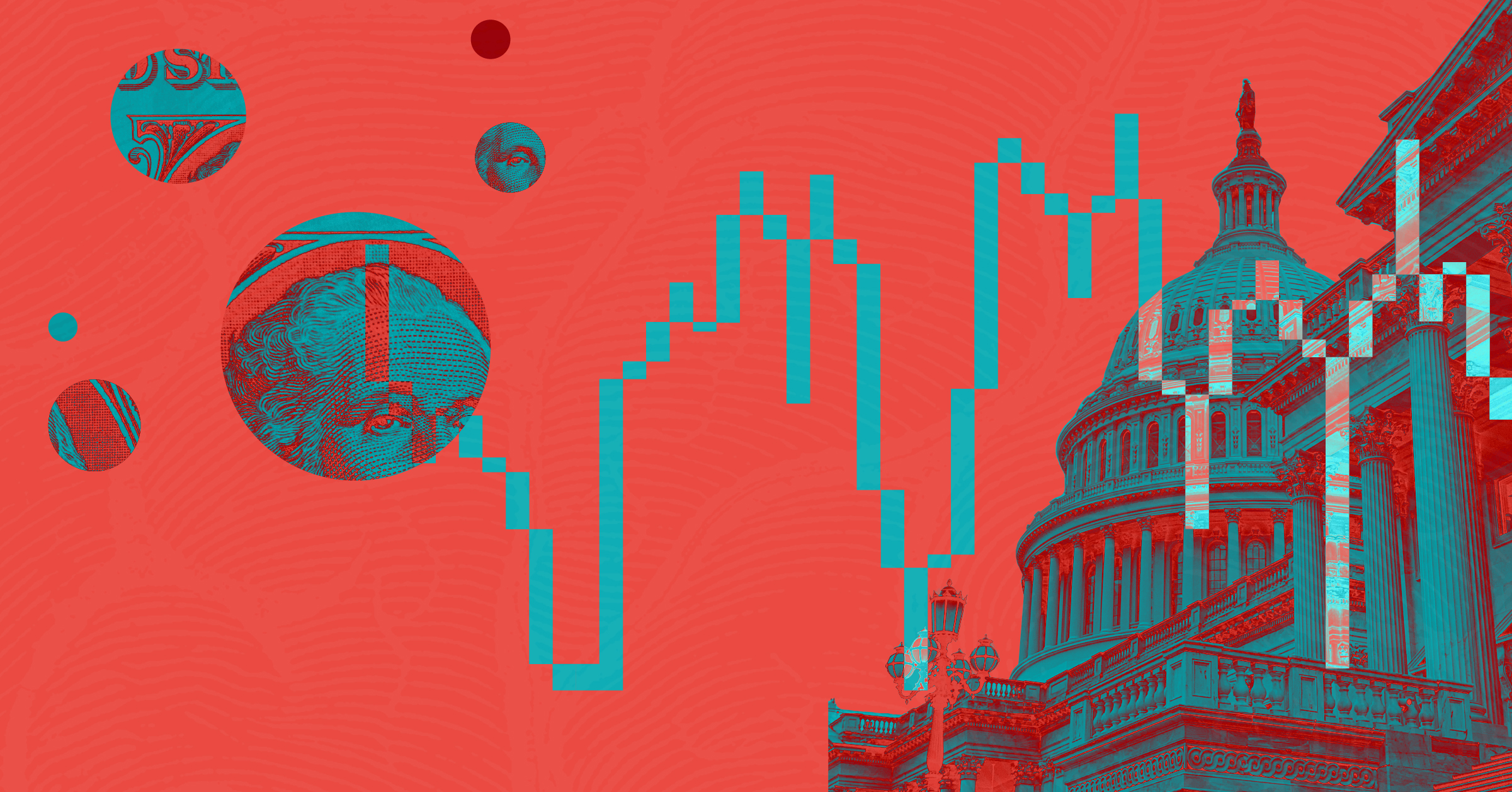October Jobs Report Forecasts Call for Softening Labor Market Conditions
Job growth is slowing, but could leave the door open for another Fed rate hike this year.

Forecasts for the October jobs report predict a slowdown in hiring and wage growth, which analysts say will set the economy on a more sustainable path in the months ahead. But moderation in the labor market might not be enough to end the Federal Reserve’s interest rate hikes.
An overly hot jobs market has been a major contributor to the Fed’s rapid rate hikes over the past year and a half. The strong wage growth and sticky inflation we’ve seen despite those hikes have prompted the central bank to signal its intention to keep rates high for a prolonged period.
“The Fed sees the labor market as contributing to upside risks to the inflation outlook,” says Bill Adams, chief economist at Comerica Bank. Market watchers also expect that the Fed is leaving the door open for yet another rate hike this year and that it will keep a careful eye on October’s jobs data.
What to Expect from the October Jobs Report
After September’s blockbuster report, which showed gains of 336,000 jobs for the month, economists expect growth to cool off. For October, nonfarm payroll employment is expected to rise by 189,000, according to FactSet’s consensus estimate. That’s a little more than half of the jobs added in September and in line with the 187,000 jobs added in August and July.
“Employment is likely continuing to rise,” Adams says. “But the pace of hiring seems to have slowed considerably over the last year.” He expects that the economy added 150,000 jobs in October.
That slowdown is not necessarily a bad thing, according to Adams: “Even if we see the labor market soften in October, the economic backdrop looks more favorable now than it did 12 months ago.” He points to declining energy costs and rising home values, which he says will give households a financial cushion and prop up consumer spending power.
Monthly Payroll Change
October Jobs Report Consensus Estimates
- Nonfarm payroll employment to rise 189,000 versus the 336,000 increase in August.
- Unemployment rate to remain at 3.8%.
- Hourly earnings to rise 0.3%, an uptick from 0.2% in September.
Private Sector Hiring Slows While Government Hiring Picks Up
In October, Adams expects job growth to be “more concentrated in sectors of the economy where hiring lagged and labor shortages were most intense 2021 and 2022.” Those sectors include state and local government and K-12 education.
Meanwhile, growth is expected to fall in other sectors of the jobs market. “Services employment likely grew at a slower pace amid softer hiring in leisure and hospitality and professional and business services,” says Lydia Boussour, senior economist at EY-Parthenon.
Boussour adds that the recent United Auto Workers strike will have a “noticeable impact” on October’s jobs data, since roughly 30,000 striking workers won’t be counted in the month’s employment numbers.
Wage Growth Is Slowing, But May Be Too Hot for the Fed
“Wage growth is on a downward trajectory in the United States, but it’s still running considerably faster than in the pre-pandemic period,” Adams says. Economists expect that wage growth fell to 4.0% on an annual basis in October, down from 4.2% in the previous month, according to FactSet. That may still be too hot for the central bank’s liking. “The Fed would be most comfortable seeing average hourly earnings rising between 3.25% and 3.50% year over year,” Adams says. Boussour adds: “As labor demand and supply continue to rebalance in the coming months, wage growth momentum will continue to moderate.”
Monthly Wage Growth
Will the Fed Keep Raising Rates?
Boussour adds that this slowing growth, along with slowing consumer demand, falling rent inflation, and reduced pricing power, could put downward pressure on inflation and “argue in favor of the Fed holding the funds rate constant in the coming months.”
The bond market is pricing in a 74.6% chance that the central bank will hold rates steady between 5.25% and 5.5% at its December meeting, and a 25.2% chance that it will raise rates another 0.25%.
The author or authors do not own shares in any securities mentioned in this article. Find out about Morningstar’s editorial policies.

/s3.amazonaws.com/arc-authors/morningstar/84279ea2-135c-48d0-ab06-b618fe25a084.jpg)
/cloudfront-us-east-1.images.arcpublishing.com/morningstar/ZYJVMA34ANHZZDT5KOPPUVFLPE.png)
/cloudfront-us-east-1.images.arcpublishing.com/morningstar/YI7RBXKMXVAZDBWEJYQREEJJL4.png)
/cloudfront-us-east-1.images.arcpublishing.com/morningstar/XRD4IQ2J6JG6HCMEDAJSI4ONUY.png)
:quality(80)/s3.amazonaws.com/arc-authors/morningstar/84279ea2-135c-48d0-ab06-b618fe25a084.jpg)